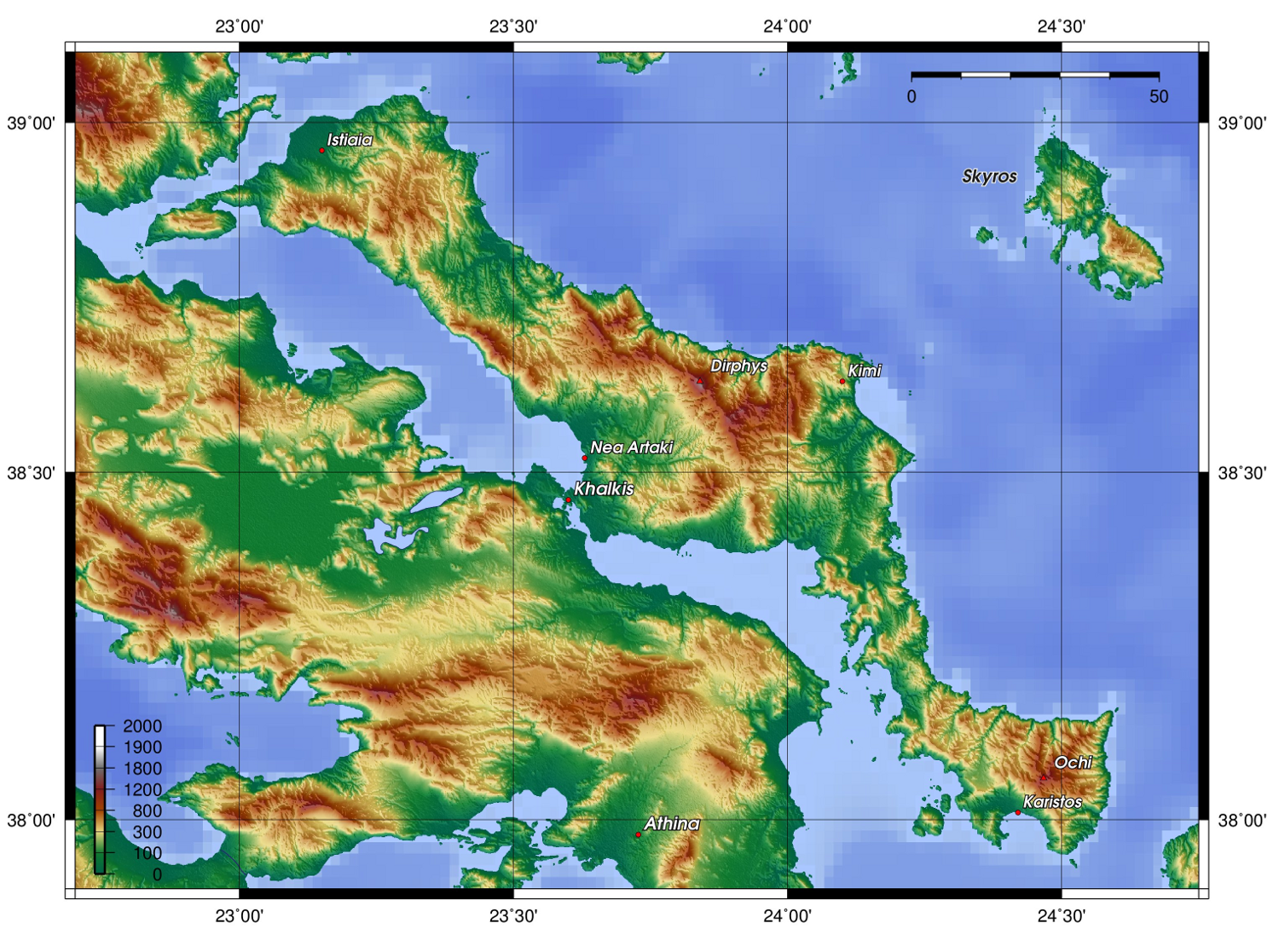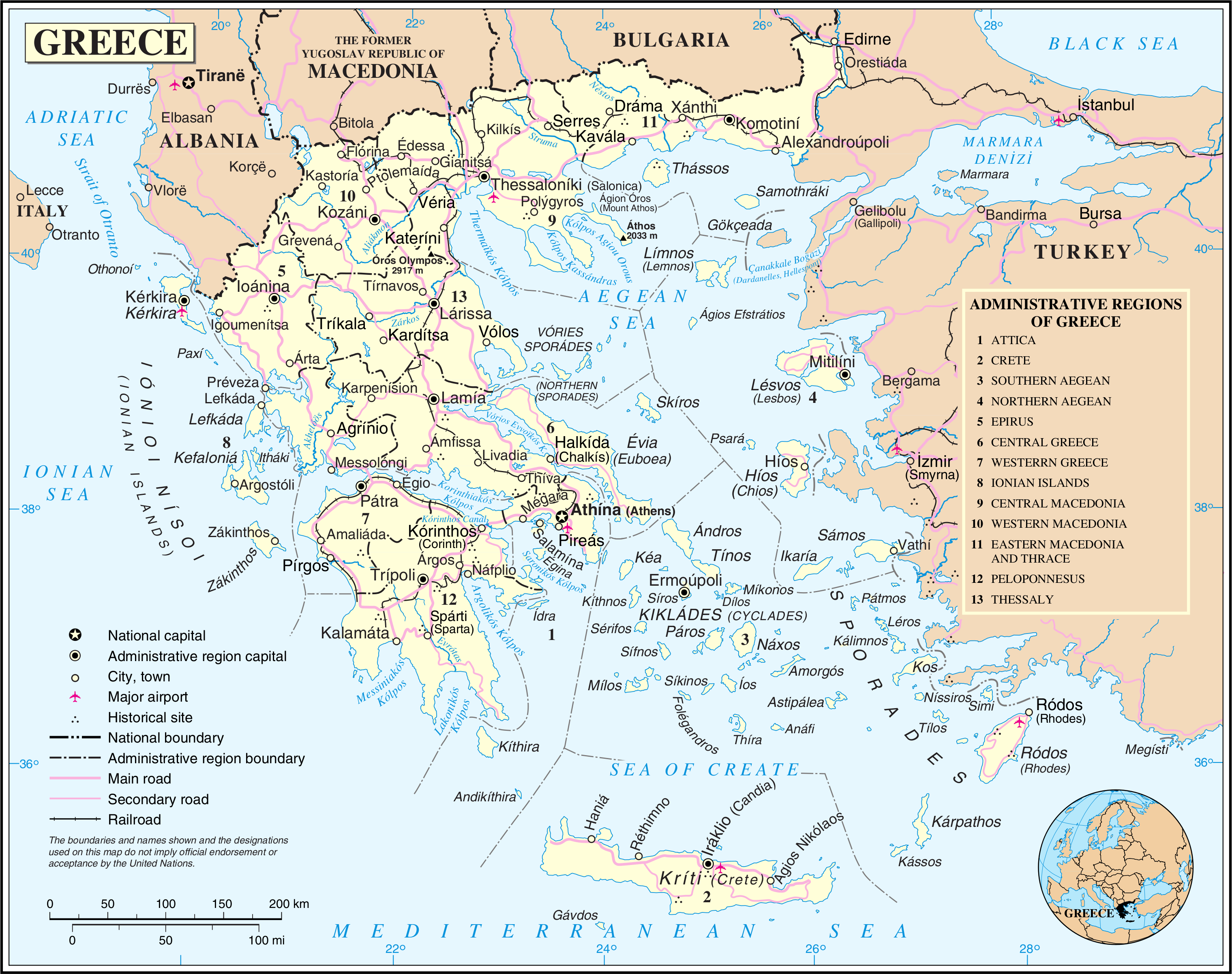|
Petalioi
Petalioi el, ╬Ā╬ĄŽä╬▒╬╗╬╣╬┐╬» is an island complex in south-east of Euboea, in the homonymous gulf. It consists of 10 small islands and islets almost all uninhabited. The total area of the complex is 22.5 square kilometers. They belong to Karystos municipality, in Marmari municipal unit. The islands of the complex are: Megalonisos, Chersonisi, Avgo, Lamperousa, Louloudi, Makronisi, Pontikoniso, Praso, Tragos and Founti. The largest of them is Megalonisos. It has an area of 17 Km2 and is uninhabited. The most of them are private islands and belong to Greek shipowners. History The name Petalioi derives from Petalios, the name of the largest island Megalonisos in antiquity. In modern times the islands were a property of Greek royal family. In 1915 or 1916, the prince George II George II or 2 may refer to: People * George II of Antioch (seventh century AD) * George II of Armenia (late ninth century) * George II of Abkhazia (916ŌĆō960) * Patriarch George II of Alexandria (1021Ō ... [...More Info...] [...Related Items...] OR: [Wikipedia] [Google] [Baidu] |
Petalioi Gulf
The Petalioi Gulf ( el, ╬ÜŽī╬╗ŽĆ╬┐Žé ╬Ā╬ĄŽä╬▒╬╗╬╣ŽÄ╬Į - ''Kolpos Petalion'') is a gulf of the Aegean Sea, Greece. It stretches between the east coast of Attica and the south tip of the island Euboea. It takes its name from the Petalioi islands, that are situated in the northeastern part of the Gulf, off the Euboean coast. The Petalioi Gulf is connected to the South Euboean Gulf to the north. Its length is approximately 50 km long from north to south and its width is approximately 5 km in the north to about 50 km in the south. There are several uninhabited islands in the gulf, including the Petalioi and Makronisos. Promontories include Strongylo and Vigla in the island of Euboea. Places by the gulf *In Attica (from south to north): **Lavrio ** Porto Rafti ** Artemida **Rafina **Nea Makri ** Agia Marina *In Euboea (from northwest to southeast): ** Styra **Marmari **Karystos Karystos ( el, ╬Ü╬¼ŽüŽģŽāŽä╬┐Žé) or Carystus is a small coastal town on the Greece, Greek ... [...More Info...] [...Related Items...] OR: [Wikipedia] [Google] [Baidu] |
Euboea
Evia (, ; el, ╬ĢŽŹ╬▓╬┐╬╣╬▒ ; grc, ╬ĢßĮö╬▓╬┐╬╣╬▒ ) or Euboia (, ) is the second-largest Greek island in area and population, after Crete. It is separated from Boeotia in mainland Greece by the narrow Euripus Strait (only at its narrowest point). In general outline it is a long and narrow island; it is about long, and varies in breadth from to . Its geographic orientation is from northwest to southeast, and it is traversed throughout its length by a mountain range, which forms part of the chain that bounds Thessaly on the east, and is continued south of Euboia in the lofty islands of Andros, Tinos and Mykonos. It forms most of the regional unit of Euboea, which also includes Skyros and a small area of the Greek mainland. Name Like most of the Greek islands, Euboea was known by other names in antiquity, such as ''Macris'' (╬£╬¼╬║Žü╬╣Žé) and ''Doliche'' (╬ö╬┐╬╗╬»Žć╬Ę) from its elongated shape, or ''Ellopia'', ''Aonia'' and ''Abantis'' from the tribes inhabiting it. Its ancie ... [...More Info...] [...Related Items...] OR: [Wikipedia] [Google] [Baidu] |
Modern Regions Of Greece
The regions of Greece ( el, ŽĆ╬ĄŽü╬╣Žå╬ŁŽü╬Ą╬╣╬ĄŽé, translit=perif├®ries) are the country's thirteen first-level administrative entities, each comprising several second-level units, originally known as prefectures and, since 2011, as regional units. History The current regions were established in July 1986 (the presidential decree officially establishing them was signed in 1987), by decision of the interior minister, Menios Koutsogiorgas, as second-level administrative entities, complementing the prefectures (Law 1622/1986). ╬Ø.1622/86 "╬ż╬┐ŽĆ╬╣╬║╬« ╬æŽģŽä╬┐╬┤╬╣╬┐╬»╬║╬ĘŽā╬Ę - ╬Ā╬ĄŽü╬╣Žå╬ĄŽü╬Ą╬╣╬▒╬║╬« ╬æ╬Į╬¼ŽĆŽäŽģ╬Š╬Ę - ╬ö╬Ę╬╝╬┐╬║Žü╬▒Žä╬╣╬║ŽīŽé ╬ĀŽü╬┐╬│Žü╬▒╬╝╬╝╬▒Žä╬╣Žā╬╝ŽīŽé", (╬”╬Ģ╬Ü 92/Žä.╬æ╬ä/14-7-1986) Before 1986, there was a traditional division into broad historicalŌĆōgeographical regions (╬│╬ĄŽē╬│Žü╬▒Žå╬╣╬║╬¼ ╬┤╬╣╬▒╬╝╬ĄŽü╬»Žā╬╝╬▒Žä╬▒), which, however, was often arbitrary; not all of the pre-1986 traditional historical-geographic regions had official administrative bodie ... [...More Info...] [...Related Items...] OR: [Wikipedia] [Google] [Baidu] |
Central Greece
Continental Greece ( el, ╬ŻŽä╬ĄŽü╬Ą╬¼ ╬Ģ╬╗╬╗╬¼╬┤╬▒, Stere├Ī Ell├Īda; formerly , ''Ch├®rsos Ell├Īs''), colloquially known as Ro├║meli (╬Ī╬┐ŽŹ╬╝╬Ą╬╗╬Ę), is a traditional geographic region of Greece. In English, the area is usually called Central Greece, but the equivalent Greek term (╬Ü╬Ą╬ĮŽäŽü╬╣╬║╬« ╬Ģ╬╗╬╗╬¼╬┤╬▒, ''Kentrik├Ł Ell├Īda'') is more rarely used. It includes the southern part of the Greek mainland (sans the Peloponnese), as well as the offshore island of Euboea. Since 1987, its territory has been divided among the administrative regions of Central Greece and Attica, and the regional unit (former prefecture) of Aetolia-Acarnania in the administrative region of Western Greece. Etymology The region has traditionally been known as ''Ro├║meli'' (╬Ī╬┐ŽŹ╬╝╬Ą╬╗╬Ę), a name deriving from the Turkish word '' R┼½m-eli'', meaning "the land of the R┼½m he Romans, i.e. the Byzantine Greeks">Byzantine_Greeks.html" ;"title="he Romans, i.e. the Byzantine Greeks">he Romans, i.e. the ... [...More Info...] [...Related Items...] OR: [Wikipedia] [Google] [Baidu] |
Regional Units Of Greece
The 74 regional units of Greece ( el, ŽĆ╬ĄŽü╬╣Žå╬ĄŽü╬Ą╬╣╬▒╬║╬ŁŽé ╬Ą╬ĮŽīŽä╬ĘŽä╬ĄŽé, ; sing. , ) are the country's Seventy-four second-level administrative units. They are divisions of the country's 13 regions, and are further divided into municipalities. They were introduced as part of the Kallikratis administrative reform on 1 January 2011 and are comparable in area and, in the mainland, coterminous with the 'pre-Kallikratis' prefectures of Greece During the first administrative division of independent Greece in 1833ŌĆō1836 and again from 1845 until their abolition with the Kallikratis reform in 2010, the prefectures ( el, ╬Į╬┐╬╝╬┐╬», sing. ╬Į╬┐╬╝ŽīŽé, translit=nomoi, sing. nom├│s) were .... List References {{Articles on second-level administrative divisions of European countries Regional units Greece transport-related lists Subdivisions of Greece ... [...More Info...] [...Related Items...] OR: [Wikipedia] [Google] [Baidu] |
Karystos
Karystos ( el, ╬Ü╬¼ŽüŽģŽāŽä╬┐Žé) or Carystus is a small coastal town on the Greece, Greek island of Euboea. It has about 5,000 inhabitants (12,000 in the municipality). It lies 129 km south of Chalkis. From Athens it is accessible by ferry via Marmari from the port of Rafina. After the Greek war of independence, its urban plan was laid out by the renowned Bavarian civil engineer Bierbach, in the middle of the 19th century. History Karystos apparently remained inhabited throughout the early Middle Ages. As part of the theme (Byzantine district), theme of Hellas (theme), Hellas, it was also seat of a bishop ŌĆō a suffragan see, suffragan of See of Athens, Athens ŌĆō at least since the reign of Leo VI the Wise (r. 886ŌĆō912). It was among the towns listed in the 1198 ''chrysobull'' of Alexios III Angelos, where the Republic of Venice, Venetians were permitted to establish trade stations. In 1205 it was captured, as with the rest of the island, by James II of Avesnes, and soon ... [...More Info...] [...Related Items...] OR: [Wikipedia] [Google] [Baidu] |
Square Kilometers
Square kilometre ( International spelling as used by the International Bureau of Weights and Measures) or square kilometer (American spelling), symbol km2, is a multiple of the square metre, the SI unit of area or surface area. 1 km2 is equal to: * 1,000,000 square metres (m2) * 100 hectares (ha) It is also approximately equal to: * 0.3861 square miles * 247.1 acres Conversely: *1 m2 = 0.000001 (10ŌłÆ6) km2 *1 hectare = 0.01 (10ŌłÆ2) km2 *1 square mile = *1 acre = about The symbol "km2" means (km)2, square kilometre or kilometre squared and not k(m2), kiloŌĆōsquare metre. For example, 3 km2 is equal to = 3,000,000 m2, not 3,000 m2. Examples of areas of 1 square kilometre Topographical Map grids Topographical map grids are worked out in metres, with the grid lines being 1,000 metres apart. * 1:100,000 maps are divided into squares representing 1 km2, each square on the map being one square centimetre in area and representing 1 km2 on t ... [...More Info...] [...Related Items...] OR: [Wikipedia] [Google] [Baidu] |
George II Of Greece
George II ( el, ╬ō╬ĄŽÄŽü╬│╬╣╬┐Žé ╬Æ╩╣, ''Ge├│rgios II''; 19 July Old_Style_and_New_Style_dates">O.S.:_7_July.html" ;"title="Old_Style_and_New_Style_dates.html" ;"title="nowiki/>O.S.:_7_July">Old_Style_and_New_Style_dates.html"_;"title="nowiki/>Old_Style_and_New_Style_dates">O.S.:_7_July1890_ŌĆō_1_April_1947)_was_O.S.:_7_July">Old_Style_and_New_Style_dates.html"_;"title="nowiki/>Old_Style_and_New_Style_dates">O.S.:_7_July1890_ŌĆō_1_April_1947)_was_List_of_kings_of_Greece">King_of_Greece_from_September_1922_to_March_1924_and_from_November_1935_to_his_death_in_April_1947. The_eldest_son_of_King_Constantine_I_of_Greece.html" "title="List_of_kings_of_Greece.html" "title="Old Style and New Style dates">O.S.: 7 July">Old_Style_and_New_Style_dates.html" ;"title="nowiki/>Old Style and New Style dates">O.S.: 7 July1890 ŌĆō 1 April 1947) was List of kings of Greece">King of Greece from September 1922 to March 1924 and from November 1935 to his death in April 1947. The eldest son of Kin ... [...More Info...] [...Related Items...] OR: [Wikipedia] [Google] [Baidu] |






.jpg)

